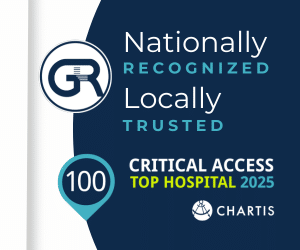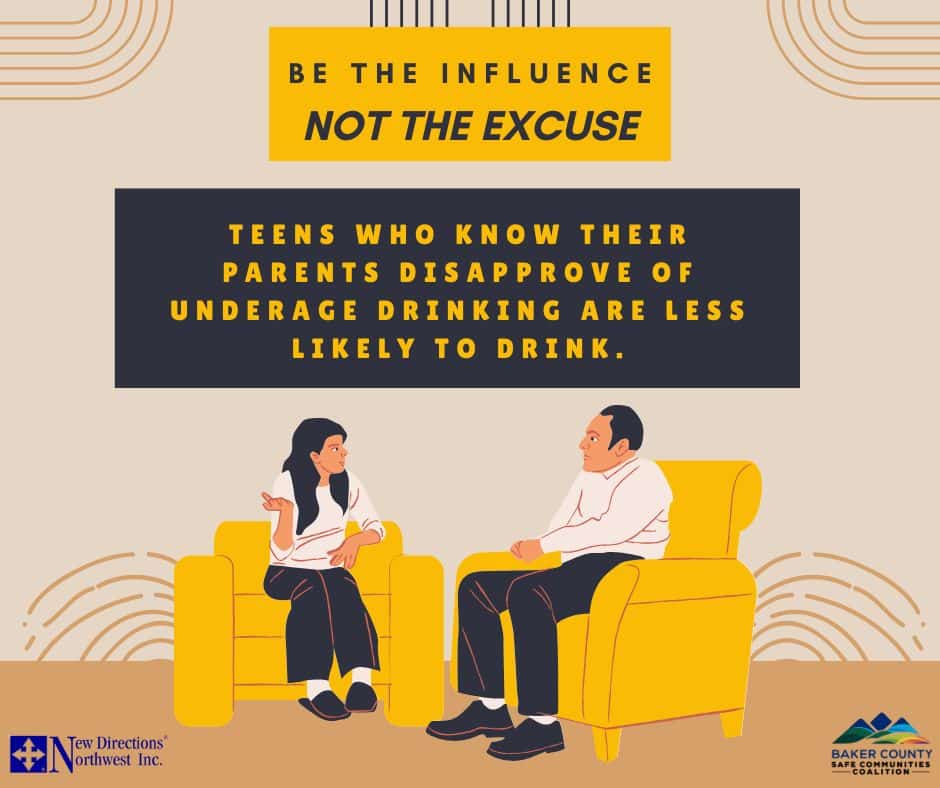
From EOU to the Pro Ranks: How Isaac Updike got to where he is
By Paul Hall on Tuesday, July 27th, 2021 in More Top Stories Northeastern Oregon News
LA GRANDE – (Information provided by EOU Athletics) Run fast and turn left when needed. Oh, and there is the occasional hurdle or water pit you have to clear at times, depending on the event. That is the easy way of describing track to people who may not know the sport. For the field portion, tell people objects are thrown, you get to play in a sand pit, and if you’re coordinated enough you can try to leap or vault over a bar. The sport of track & field is one of the oldest in the world, and if those that compete in it are good enough, they have the chance to do as a job. One of those people that just happen to be good enough at it is Eastern Oregon University alumnus Isaac Updike.
Updike is a professional track runner who competes in the 3,000-meter steeplechase. He recently signed on with Team Nike and in previous years he also has competed for Team Runner Eugene and Empire Elite Track Club. Before his days as a pro, Updike was a collegiate athlete for the Mountaineers, and he was one of the best to ever do it. He still owns the fastest steeplechase time set in 2015 at 8:47 flat and he is the record holder in the 5,000-meter run at 14:17.28, a time he also ran in the 2015 outdoor season. For the indoor season, Updike is the record holder in the 3,000 at 8:23.70, which he ran in 2014. He is fourth all-time in the Mile at 4:17.28 and is 10th in the 1,000-meter run at 2:30.85. He was an NAIA National Champion in the steeplechase and over his track & field career he racked up six All-American honors.
Most recently, Updike competed at the 2020 U.S. Olympic Team Trials in Eugene, Ore. with the hopes of making Team USA for the steeplechase. He ran the fastest time in prelims at 8:21.01 before ultimately finishing fifth in finals with a time of 8:24.72. Although he did not make the USA Olympic Team, Updike is not ready to call it quits just yet. The Ketchikan, Alaska native is already preparing for the upcoming World Championships in 2022 and the 2024 U.S. Olympic Team Trials.
After this year’s Olympic Trials, William McLaughlin: EOU Sports Information Director, reached out to Updike to talk about his path of becoming an NAIA collegiate athlete at Eastern Oregon to eventually making it to the professional ranks.
How did you get to EOU?
Running was the obvious reason and Ben Welch was the key factor to me coming to Eastern. I had looked at a few different schools to potentially run at, but I was gravitating toward EOU initially because of my sister. She was attending EOU already and had a car, so I knew If I went there I would have access to a car to drive around town. I looked at team at EOU and the times from the previous [cross country/track & field] season and knew I could compete for a spot on the team. I reached out to Ben and after we talked he offered me the chance to walk on. I did and after my freshman year, I believe, he offered me a scholarship. I cannot remember if I was on scholarship by the outdoor season of my freshman year or if it was at the start of my sophomore year. I have joked with Ben a few times that he kind of did me dirty. I am pretty sure he knew I was better than I thought and saw what I had. He just never told me and did not let me realize it until after the fact. Nonetheless, he took a chance on me and in the end, it paid off for us both.
What was your experience at like at EOU?
I am sure multiple people have said this after the fact, but it is the community. I did not really know what to expect when I got there other than what I had been told, but it was great. I actually did not find out until I was living in La Grande that my aunt and uncle had been living there for a few years. But overall, the small community vibe was awesome. It had a welcoming feel and it always felt like home for me while I was competing. You hear it a lot about how overwhelming big schools can be, but EOU was not like that. Now, practicing on the track before it was redone was always unique. Our team overcame small things and adapted. I am glad for the experience I had and it’s great to see the university doing things to get better. That’s one of the reasons why I donated to help with the renovation of the track complex.
After your time at EOU, was running as a pro an immediate option?
Running at the next level was never a direct thought. It was for sure a thought that was always lingering around and it was the help of other “like minded” people that sort of put me on that path. A handful of us that ran together and talked called ourselves the “Pals”. We decided to move to Eugene after we all graduated and continued training/competing to see where our ceilings were. We wanted to push ourselves further and with this group it was the 4-7 of us that were from Alaska that had been qualifying for Nationals and competing for a title. Basically, we all had the same skill level, or close to that. What made our connection so great was that we all had lived together at some point in our lives and had strong personalities. I feel we all succeeded in our way and that move was that first step in really helping me become a pro runner.
What was life like in Eugene and the path to becoming a pro runner?
Living in Eugene was great, it’s TrackTown USA, so there is a lot great connection to everything track & field. Now in terms of my path to running professionally, that thought of competing on a global scale never occurred until 2017. Coming out of college I ran 8:47 and so I joined Team Runner Eugene. The goal for our squad was the make the [2016] Olympic Trials as a team. My personal goal was the same to make the Trials in the Steeplechase and sure enough I hit a PR and did qualify about two months out. After I qualified, I decided to make it a goal to make the finals and I did. I kept scaling up my goals and they played out well which helped me begin to realize a bit more that I could potentially run at the professional level. I have never really set a limit on myself, which has helped a lot in my career.
What was it like running at the Olympic Trials in 2016?
One word to describe that, nervous! My goal to qualify had been hit and now it was time to compete. I was never nervous when it came to the competition, but what made me nervous was there were so many eyes on me which I wasn’t entirely used to. I just went out and ran hard and had fun. That’s something I still do to this day. Now after prelims, I found out I made the finals which I didn’t expect. I was just a nobody, but there I was. Just a kid from Alaska living out a dream so I made the most of it. I still do every time I compete.
How did you improve after first Olympic Trials?
Well before that, I honestly feel the jump I made in 2015-16 from the NAIA to eventually becoming a pro was Ben [Welch]. He never pushed me to the point of breaking me. He helped me improve at the pace that worked for me and it made all the difference down the road. In Eugene, the volume of my workouts naturally picked up and I am using that freshness in my body now to get better. I look at it like I am a younger guy in terms on miles or lack thereof on my body. Age wise, I know I am older, but I don’t have a lot of miles or competitive miles on my body which again I credit to how Ben trained me while I was at Eastern. That style of work has helped me improve since the first [Olympic] Trials and that’s been a driving force behind my success.
How did COVID-19 affect you in terms of training for this year’s Olympic Trials?
Again, with my body being younger in running years and miles I was not worried about the push back of the Trials. The pandemic actually allowed me to try new workouts and with the travel bans, it made it possible for me to do new things. Mentally, I had an extra year to train and that helped a ton. Track is a building block sport so that extra year made a difference both physically and mentally. There’s no secret to running. In order to get better you have train, and it takes years to do that. The pandemic helped with that training.
What did it mean to you to run a world leading time back in April?
To be honest, I am a realist. I knew it was a fast time, but I also knew a lot of really good steeplechase runners had not run the event during the year. I remember later that evening after the race I saw the clock before the finish line in my mind and it read 8:17. That was a great feeling because it had been 20 months since I last competed in the steeplechase. Going into the race, I had a lot of feelings of doubt but after the fact it was great to know that I put in a solid one and a half years of work and it paid off. I felt good mentally after the race, of course, and that did give me some confidence. The first day afterward I heard about it a bit from friends, but I did not let it ever inflate my ego. I kept to myself for the most part, kept my head down, and continued to put in the work.
What was the difference between the two races at the Olympic Trials?
There were a lot of factors, but altitude was the biggest. The rule of thumb is you should race 2-3 days after coming down from elevation or after two weeks. The science behind it actually pretty unique, but because of that I felt pretty terrible. With prelims, I did what I had to in order to qualify for finals. Going into finals, I did not try to think about it and psyche myself out. Within the first two laps, I could immediately feel it and thought “I’m done.” I was not checked out of the race by any means, but it was one the hardest races I had run in years, and it was one of the slowest in recent memory. I actually threw up a lot after the race, which I had not done in awhile. I had no kick and used all I had to just stay with the front pack. I didn’t even mean to take the lead late in the race, I just had hurdled better than the other athletes which allowed me to move to the front. I am not one to shy away if I am in that position so I just did everything possible to try and finish in the top three and make the team. I just didn’t have enough in the tank to do so. The silver lining throughout all of this is that I know what went wrong and I can fix it. Honestly, that’s why I haven’t broken down over it. Yeah it sucks, but it’s a fixable problem that I can correct.
What is Next for Isaac Updike?
Overall, I would like to break 8:10 in the steeplechase. I think it’s possible to do so in the next 1-2 years. I am also hoping to race again on July 25 and again in August. It will all depend on the Olympics and what other athletes decide to do. There are some races I want to compete in but the Olympic athletes that decide to run my get in ahead of, which I completely understand. My next goal is to make the World Championships in Eugene in 2022. After that I want to hopefully be on Team USA over the next three years. I imagine right now that 2024 might be my last year running professionally. Who knows, I may try to become a functional member of society. It’s hard to say.









